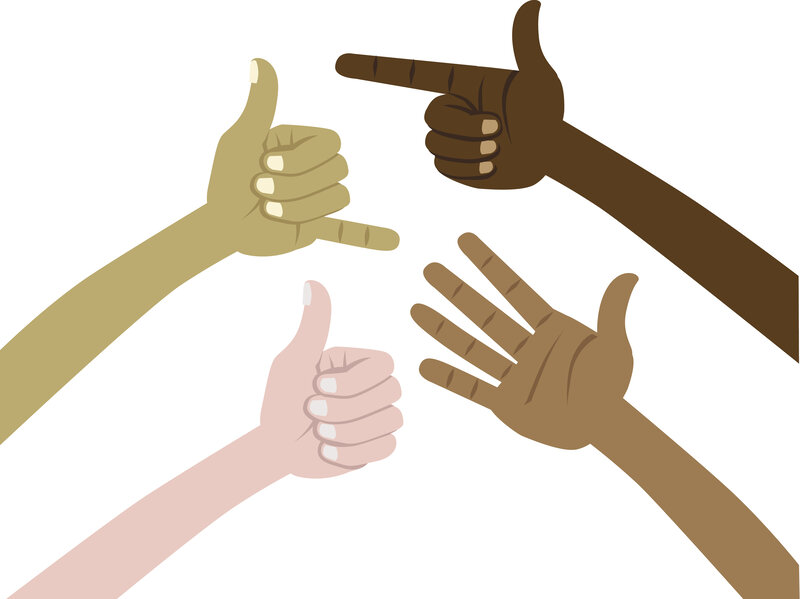Excerpt from this article (good podcast episode too):
The issue though really is you have to understand the basic problem. Any kind of form of writing, unless you’re Shakespeare, involves basically less emotional information getting through than a face-to-face conversation. And so you might feel safer in that situation. You might feel like you can control it better.
But what happens when we get face-to-face is that willy-nilly, we exchange a huge amount of information about intent. And that’s what humans really care about. We care about what’s the other person intending toward me? Is that person friend or foe? Is that person going to have me for dinner or am I safe with that person? Is this person more powerful than me or less powerful? So those are the kinds of questions that we’re asking.
When we don’t get that information – and here’s the important point – we tend to make it up. The brain hates to be deprived of information like that because its survival depends on it, and it’s always predicting a few seconds ahead: is there danger here? Is there danger here?
And so what the brain does is when it’s deprived of those channels of information, the brain makes up information. And here’s the kicker: it makes up negative information because that’s more likely to keep you alive if you assume the worst. And so that’s why so much of written communication gets misunderstood, and typically misunderstood not on the positive side, but on the negative side. People usually are offended or their feelings are hurt. You rarely get people calling up and saying, “Boy, I misinterpreted your email. I thought it was wonderful!”







